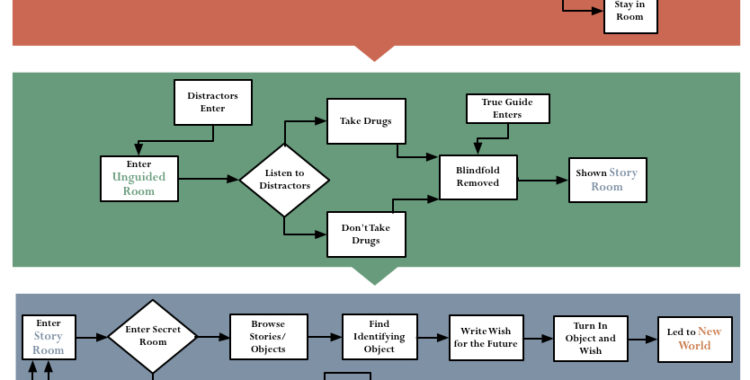
Empathy, New Media, and an Inclusive Economy
April 11, 2017
by Diana Greenwald | Filed in: Current Events • Interdisciplinary
Amidst a wave of populism sweeping across the United States and Europe, several articles have highlighted the importance of empathy to social and political cohesion. From Psychology Today to the Wall Street Journal and the Washington Post, many news outlets have published pieces about how a lack of empathy—a lack of ability to understand and feel for the experiences of our fellow citizens—is fueling the rise of political polarization. Furthermore, the ability to empathize may be a key to building political support for policies that encourage economic and social inclusion. Adam Smith, who began his scholarly career as a moral philosopher, felt that empathy and understanding among community members are essential for society’s success, both socially and economically.
How can one instill empathy in people? One way is to tell stories. For example, recent research has shown that reading narrative fiction significantly improves empathy. And while reading remains relatively vibrant in the United States, internet and social media use is steadily increasing. In this new media environment, it is possible to find new artistic ways to provoke and teach empathy. At a recent meeting with David Park, Dean of Strategic Initiatives at Columbia University, I was surprised when his first example of on-going work at Columbia that deals with both art and economics was the Digital Storytelling Lab (DSL) and the new project of its co-founder, the Empathy Lab. However, it is clear that the ability to craft effective narratives is an art form that is rapidly evolving as technological resources make digital multimedia storytelling the norm rather than a novelty.
Hosted by Columbia’s School of the Arts and directed by Lance Weiler, the lab “designs stories for the 21st century…[built] on a diverse range of creative and research practice originating in fields from the arts, humanities and technology.” Though not explicitly stated, browsing the projects that the DSL and its team have produced makes it clear that they are trying to create narratives that touch and inspire digital-fatigued 21st-century citizens.
Many people are now bombarded with streams of perfectly-framed Instagram images, purposefully juvenile Snapchat Stories, and the short videos that take up an ever-growing part of Facebook newsfeeds. Considered together, this is a numbing flood of narrative and curation. The DSL assembles projects and experiences that stand out in this deluge. Perhaps more importantly than standing out, these stories can provoke viewers’ empathy for the subjects of the narratives. For example, My Sky Is Falling (a story map from this is the featured image on this post) to simulate the emotions of being a child in the foster care system. After experiencing My Sky Is Falling, which is based on the real-life experience of an artist and activist raised in foster care, participants can better understand the scars left on those who have gone through the foster system. By effectively telling this story and facilitating audiences’ empathy with a child in foster care, one can build support for reforming or improving foster care among those who are otherwise unaffected by this part of our social safety net. Empathy-provoking storytelling may help create momentum for establishing a more equitable economy.
As Seen on TV: Thoughts on Art Exposure Through Television >>
<< Valuing the National Endowment for the Arts
